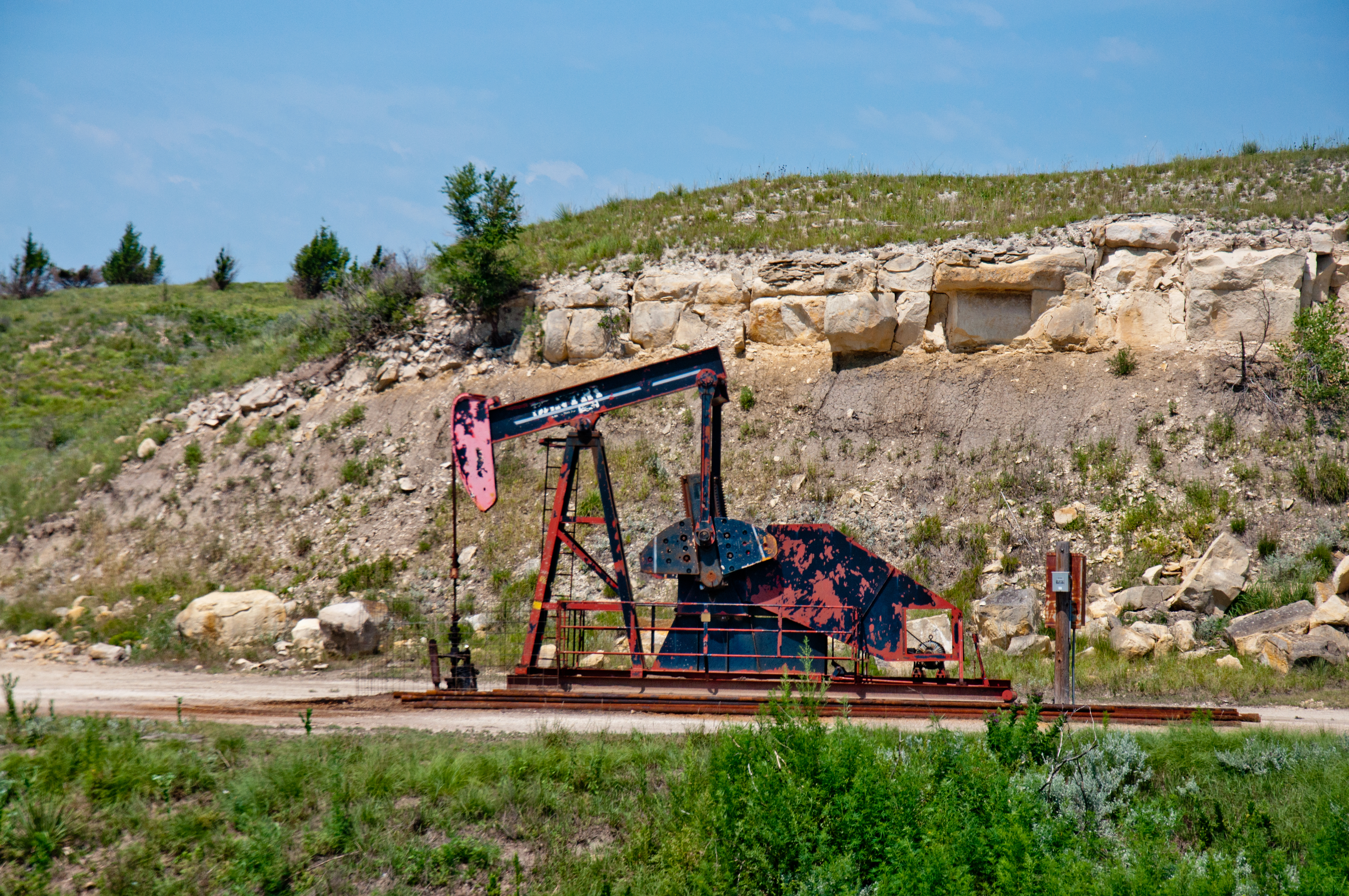By JOHN P. TRETBAR
Kansas producers in November pumped more than 2.7 million barrels out of the ground, according to the latest figures from the Kansas Geological Survey. So far this year, we’ve produced just 31.95 million barrels. Unless we picked up the pace in December, 2018 will become the worst year for crude production in more than a decade. Barton County production in November was nearly 129-thousand barrels. Ellis County kicked in 208-thousand barrels. In Russell County the total for November was 117-thousand, and Stafford County produced 81-thousand barrels.
Independent Oil & Gas Service reports a slight increase in Kansas drilling activity over the last week. There were three rigs actively drilling in eastern Kansas, which was unchanged. West of Wichita there are 30 active rigs, up one. Operators were about to spud wells on one lease in Barton County and one in Russell County.
Baker Hughes report 1,051 active drilling rigs across the U.S. on Friday, up three oil rigs and down one gas rig from last week. New Mexico and Texas were each down two rigs. Oklahoma was down one. In Canada there are 224 active rigs, down 16.
Independent Oil & Gas Service reports four new completed wells in Barton County over the last week, including one dry hole. There was one new completion in Ellis County and two in Stafford County. Statewide there were 38 newly-completed wells last week, with 18 of those in eastern Kansas and 20 west of Wichita.
Regulators approved 11 permits for drilling at new locations last week, two east of Wichita and nine in Western Kansas.
The U.S. Energy Information Administration reports January crude production in the U.S. reached 12 million barrels per day, an increase of 90-thousand barrels over December and the highest monthly total ever reported. EIA predicts production will average 12.4 million barrels per day this year and 13.2 million barrels per day next year. Weekly production figures were unchanged from last week: 11.898 million barrels per day.
The government now predicts U.S. crude prices will average just under $55 per barrel this year and $58 next year.
EIA reported another increase in American crude oil stockpiles. Inventories last week jumped 3.6 million barrels from the week before to 450.8 million barrels. Inventories are about six percent above the five year seasonal average.
U.S. crude oil imports averaged 6.2 million barrels per day last week, down by 936,000 barrels per day from the previous week. The four-week average is 11.2% less than the same four-week period last year.
A pair of Republican lawmakers in Texas is proposing the state’s “rainy day fund” be tapped to finance a border wall. As President Trump campaigned for border wall funding in El Paso, Representatives Briscoe Cain and Kyle Biedermann proposed spending $2.5 billion dollars to add new technology and coordinate the design and construction of a physical barrier on the Texas border to prevent illegal crossings.
Employment growth is finally catching up to the boom in oil production in Texas. The Texas Independent Producers and Royalty Owners says crude production in Texas totaled a record 1.54 billion barrels in 2018, surpassing a previous record of 1.28 billion bbl set in 1973. Final government numbers have not yet been released. The trade group says the Texas patch added nearly 27-thousand jobs last year to employ more than 352-thousand people. That’s an increase of five-percent year-on-year. Total oil patch payroll in the U.S. reached $99 billion last year.
The oil boom in New Mexico is translating to big tax collections in Santa Fe. Figures released by the New Mexico Oil and Gas Association show revenues, taxes and other fees from the patch reached a high of $2.2 billion for the 2018 fiscal year. That represents an increase of $465 million over the previous fiscal year. Overall, the industry provided more than $1 billion for public schools and the state’s universities during the period. The state has now surpassed California and Oklahoma to become the third-largest producer in the country, while still trailing Texas and North Dakota.
The government’s efforts to promote energy development on public lands is bearing fruit. The Bureau of Land Management logged record lease sales last year. In a statement, acting Interior Secretary David Bernhardt said the federal agency generated $1.1 billion from the lease sales, making 2018 its highest-grossing year ever.
Operators in North Dakota continue to set records for crude oil and natural gas production. Despite a price drop brought on by limited pipeline takeaway capacity, the state pumped 1.4 million barrels per day in December, the latest numbers available from the Department of Mineral Resources.
Weekly oil-by-rail numbers grew 23% over the same week a year ago. According to the Association of American Railroads, we hauled petroleum and petroleum products in more than 12-thousand tanker cars last week. The tally in Canada continues to decline from recent weeks. The total is down seven percent from a year ago.

